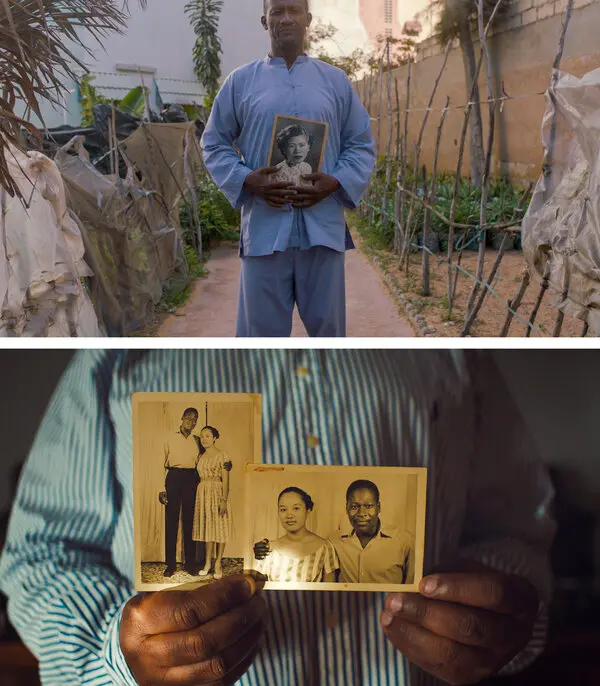By: Nathan Geng
In a film crafted by the artist Tuan Andrew Nguyen, the camera focuses on a remarkable monument situated near the distant end of a wooden footbridge. This bridge resides in the Quang Tri province, nestled in central Vietnam. It spans the Ben Hai River, which symbolized the division and conflicts that plagued the nation for over two decades, from the French Debacle in 1954 at Dien Bien Phu to the fall of Saigon in 1975. This bridge served as the demarcation line separating North and South Vietnam, while a few miles in either direction lay the demilitarized zone—a site that endured relentless bombing, making it one of the most heavily bombarded areas in the world.
The reconstructed footbridge served as a fragile link that connected the opposing halves of the country. Venturing off the established path meant risking the possibility of encountering unexploded bombs that still littered the landscape, waiting to unleash devastation.
“Unburied Sounds” stands as the centerpiece of “Tuan Andrew Nguyen: Radiant Remembrance,” a forthcoming exhibition set to debut at a new museum in Manhattan on June 29. This landmark event follows closely on the heels of Nguyen being honored with the prestigious 2023 Joan Miro Prize in Barcelona. The exhibition marks his first major solo showcase in a U.S. museum.
Born in Ho Chi Minh City in 1976, Nguyen is the son of a former South Vietnamese conscript. At the age of two, his family embarked on a perilous journey to escape Vietnam as “Boat People.” He grew up in Texas, Oklahoma, and eventually California, where he discovered his passion for art while studying premedicine at the University of California, Irvine.
One of Nguyen’s early significant solo works was featured in the 2017 Whitney Biennial. “The Island,” an apocalyptic video set in the remote Malaysian island where he and his family sought refuge, reflects his personal connection to the narrative. Nguyen had long desired to create a film centered on Quang Tri, and the opportunity presented itself when the pandemic struck. While most of the country went into lockdown, a few places still permitted domestic flights.
In this new film, titled “Unburied Sounds,” Nguyen keenly observed that the sound of bomb explosions reverberated every few hours. The story unfolds around Nguyet, an imaginary young woman residing in Quang Tri, who, like many others, makes a living by scavenging for metal from unexploded ordnance. Nguyet’s father had tragically lost his life while engaged in such scavenging activities. Her friend Lai, who had been playing with bombs, suffered severe injuries, leaving them with one eye, an arm reduced to a stump, and both legs amputated.
Nguyen’s intention is to shed light on the plight of the people of Vietnam, using their stories as a starting point. However, he aspires to extend beyond the confines of Vietnam’s narratives. His aim, as showcased in the films of this exhibition, is to explore the interconnectedness of global events that have shaped our present reality.











